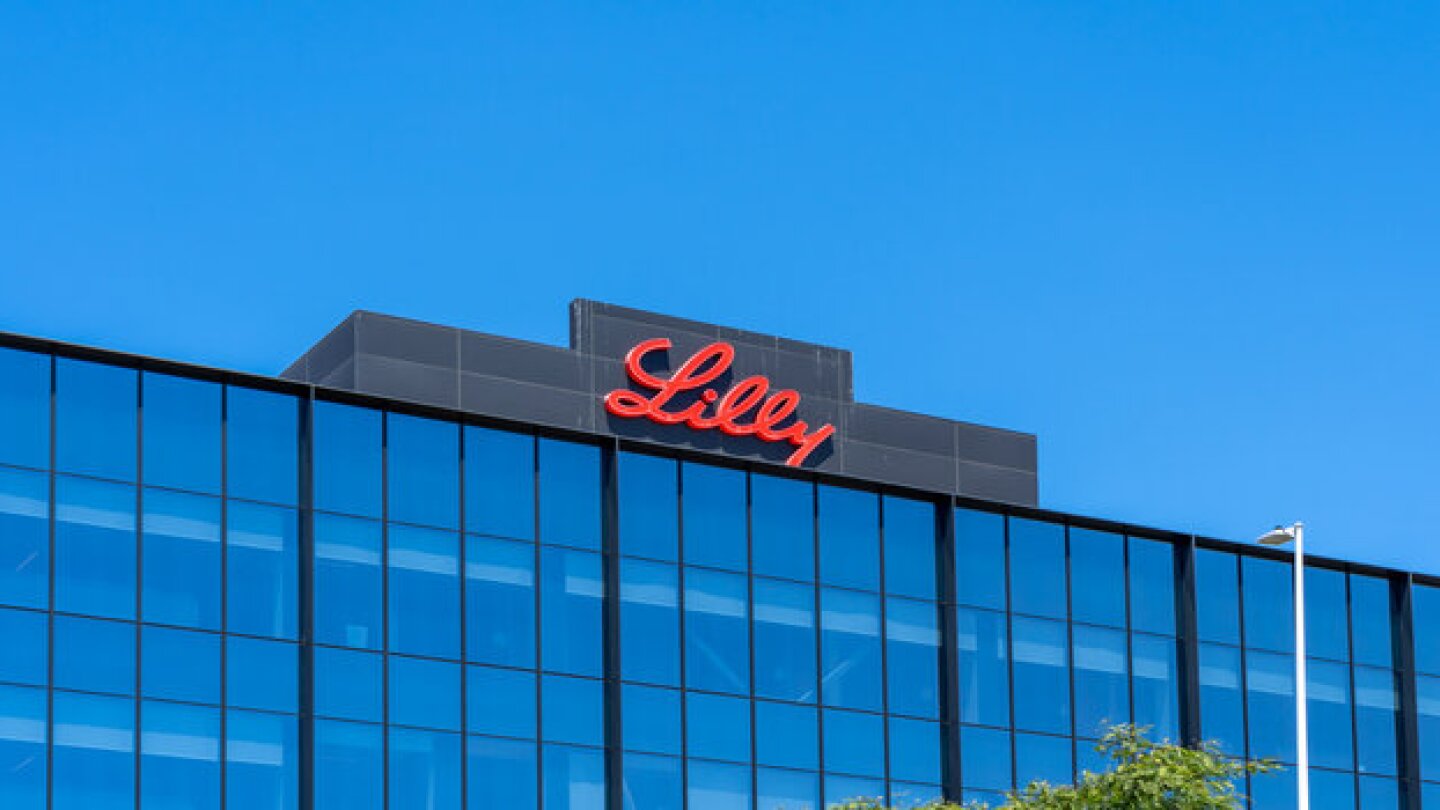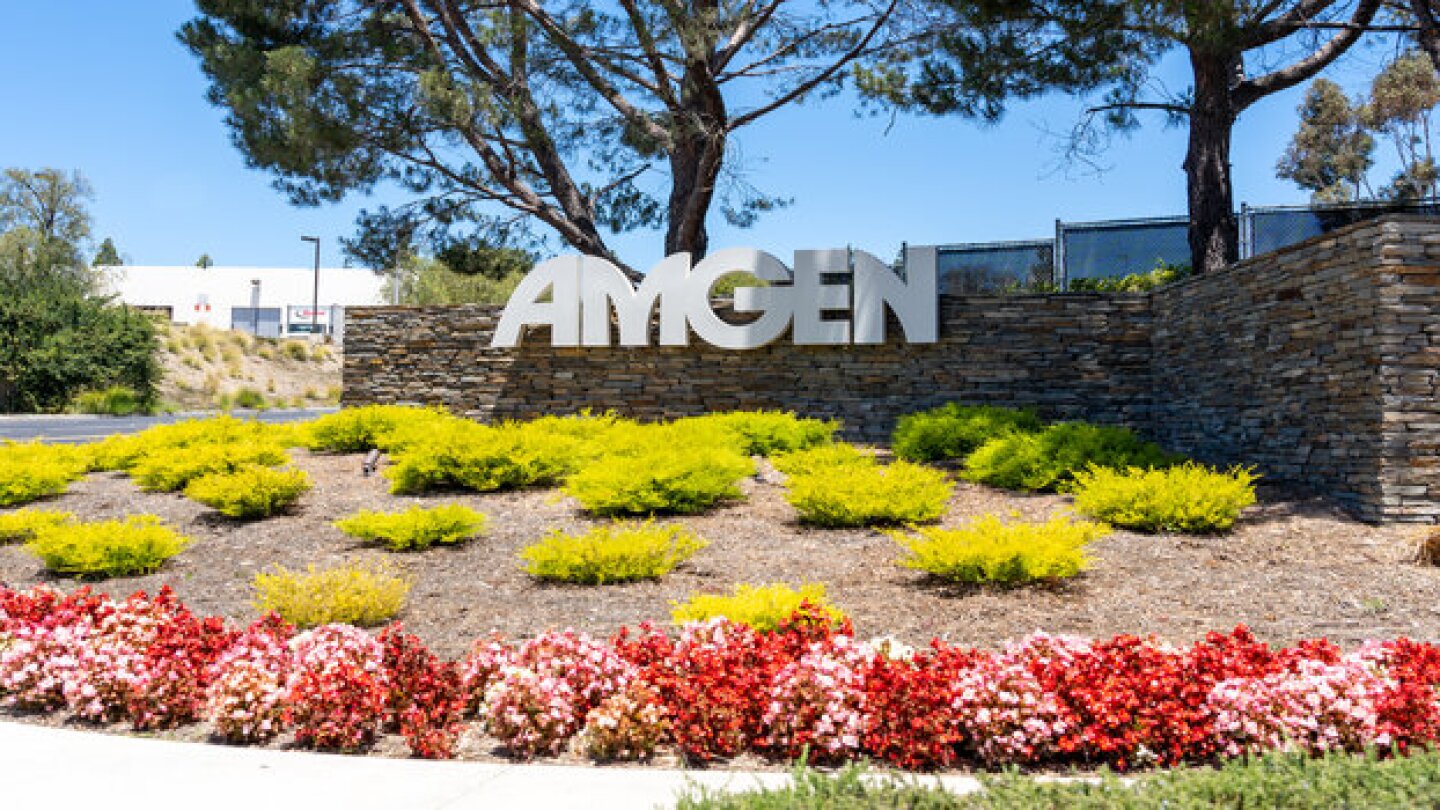News
Abecma made $406 million in 2024, of which BMS paid $43 million to 2seventy bio as part of their profit-sharing agreement.
FEATURED STORIES
The FDA’s proposed Rare Disease Evidence Principles review process is a starting point for getting rare disease therapies across the finish line, but industry leaders say there are more concrete steps the regulator could take to help patients.
With AbbVie’s $1.2 billion acquisition of Gilgamesh Pharmaceuticals’ lead depression drug, the psychedelic therapeutics space has soundly rebounded from Lykos’ rejection last year. There are now seven programs in Phase III trials across the sector, with multiple companies vying for that first approval.
A decade-long journey has come to an end for Stealth BioTherapeutics and the Barth syndrome community with the first-ever treatment for this uncommon mitochondrial disease. CEO Reenie McCarthy called it a “pivotal victory” that “offers hope for expedited regulatory attention to other ultra-rare diseases.”
Job Trends
Merck, known as MSD outside of the United States and Canada, announced that the European Commission has approved KEYTRUDA, Merck’s anti-PD-1 therapy, in combination with trastuzumab, fluoropyrimidine- and platinum-containing chemotherapy, for the first-line treatment of locally advanced unresectable or metastatic human epidermal growth factor receptor 2 -positive gastric or gastroesophageal junction adenocarcinoma in adults whose tumors express PD-L1.
FROM OUR EDITORS
Read our takes on the biggest stories happening in the industry.
The FDA has vowed to fix a pharma ad loophole—but they’re targeting the wrong one.
THE LATEST
In the U.S., the chorus of opposition against the proposed buyout continues to grow and now includes the CEOs of Roche and Lilly, a broad coalition of unions and consumer groups and at least one senator.
Vertex unveiled long-term durability data for Casgevy, while Beam presented Phase I/II findings for its investigational base editor BEAM-101, building up to a BLA by late 2026.
Not developing potency assays and gaining knowledge about MOAs early in the drug development process not only can break ATMP success but can cause costs and delays that lead to company closures.
The darlings of the weight loss and diabetes spaces, GLP-1 receptor agonists have shown promise against Alzheimer’s in recent studies—with Phase III results expected next year from Novo Nordisk.
The FDA’s year-end rush includes nine target action dates, mostly for rare disease and cancer therapies.
By speeding lifesaving drugs’ way to market and focusing on the underlying causes of disease, the pathway has helped save many lives.
The program has recently become controversial as a number of high-profile advanced approvals were granted only for the drugs to fail a confirmatory trial later on. Now, the FDA has clearly laid out expectations.
Protara is advancing a cell therapy that triggers both adaptive and innate antitumor immune responses, while CG Oncology’s approach makes use of an oncolytic immunotherapy that preferentially targets cancer cells and proliferates inside them, destroying them from the inside.
Eli Lilly is aggressively ramping up its manufacturing capacity for tirzepatide as compounding pharmacies continue to challenge an FDA decision to formally end the shortage of the obesity and diabetes drug.
It is not clear what specifically the new facility will produce, though Amgen could be ramping up its manufacturing capacity as it prepares to enter the obesity space with MariTide.

















